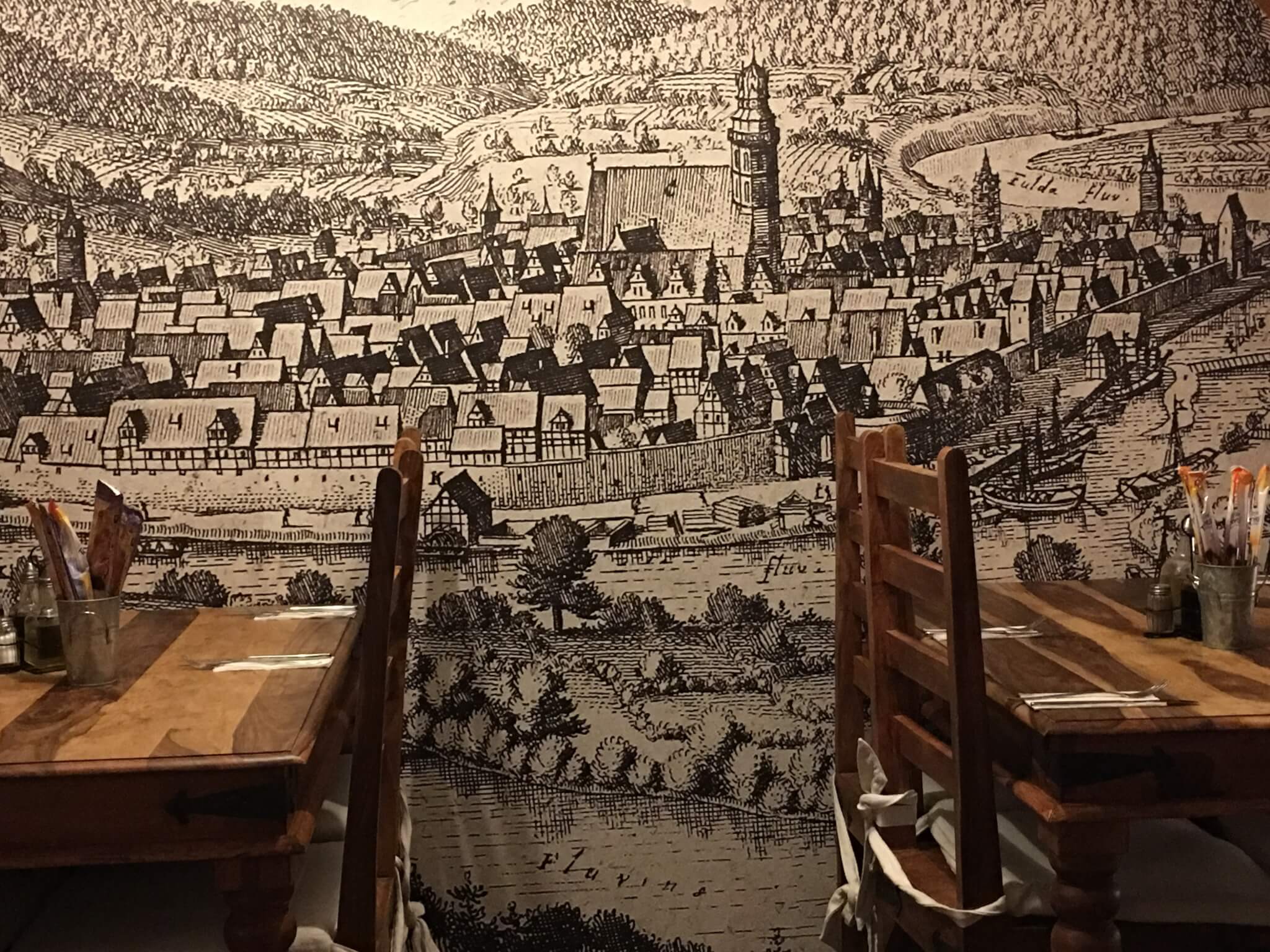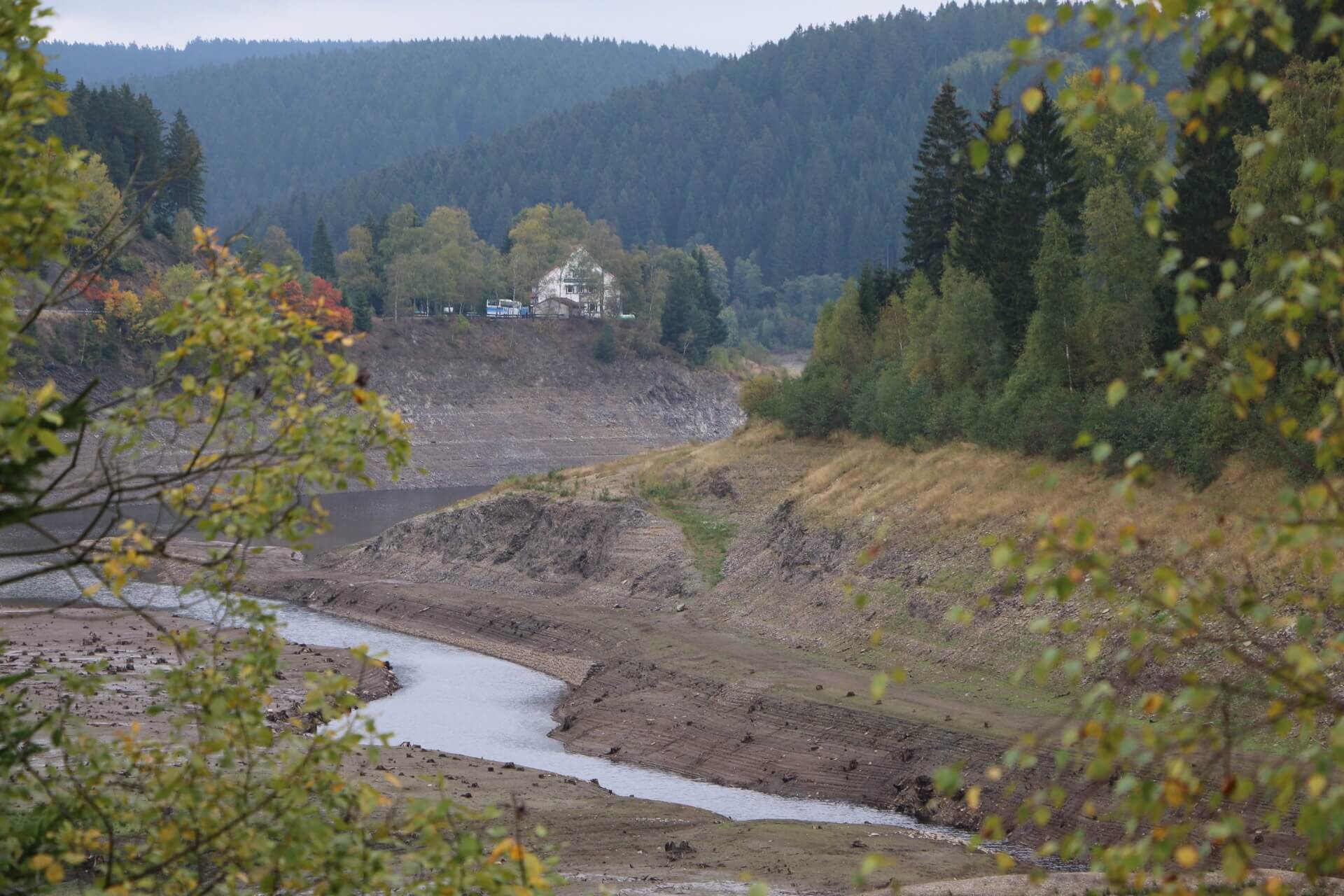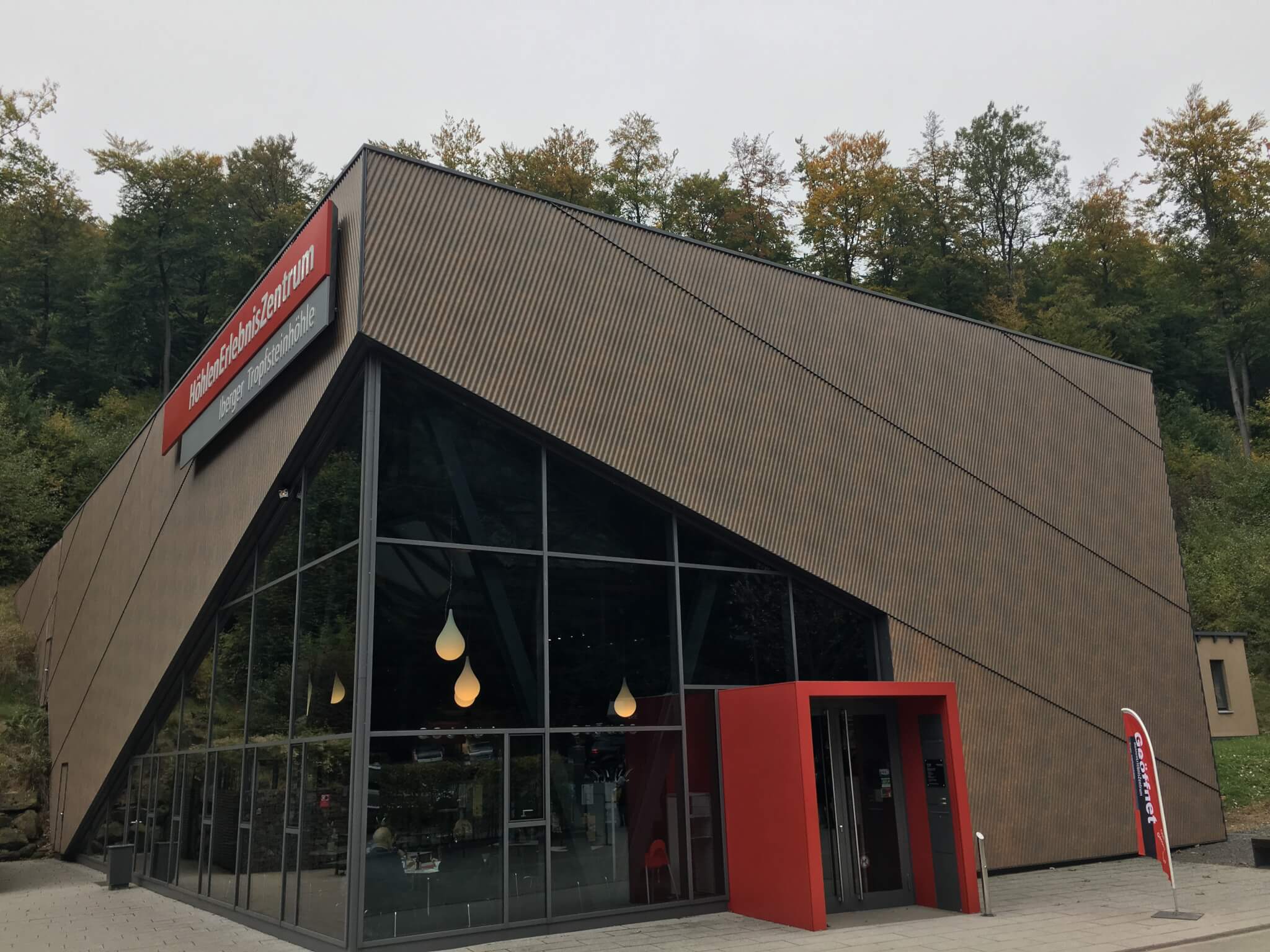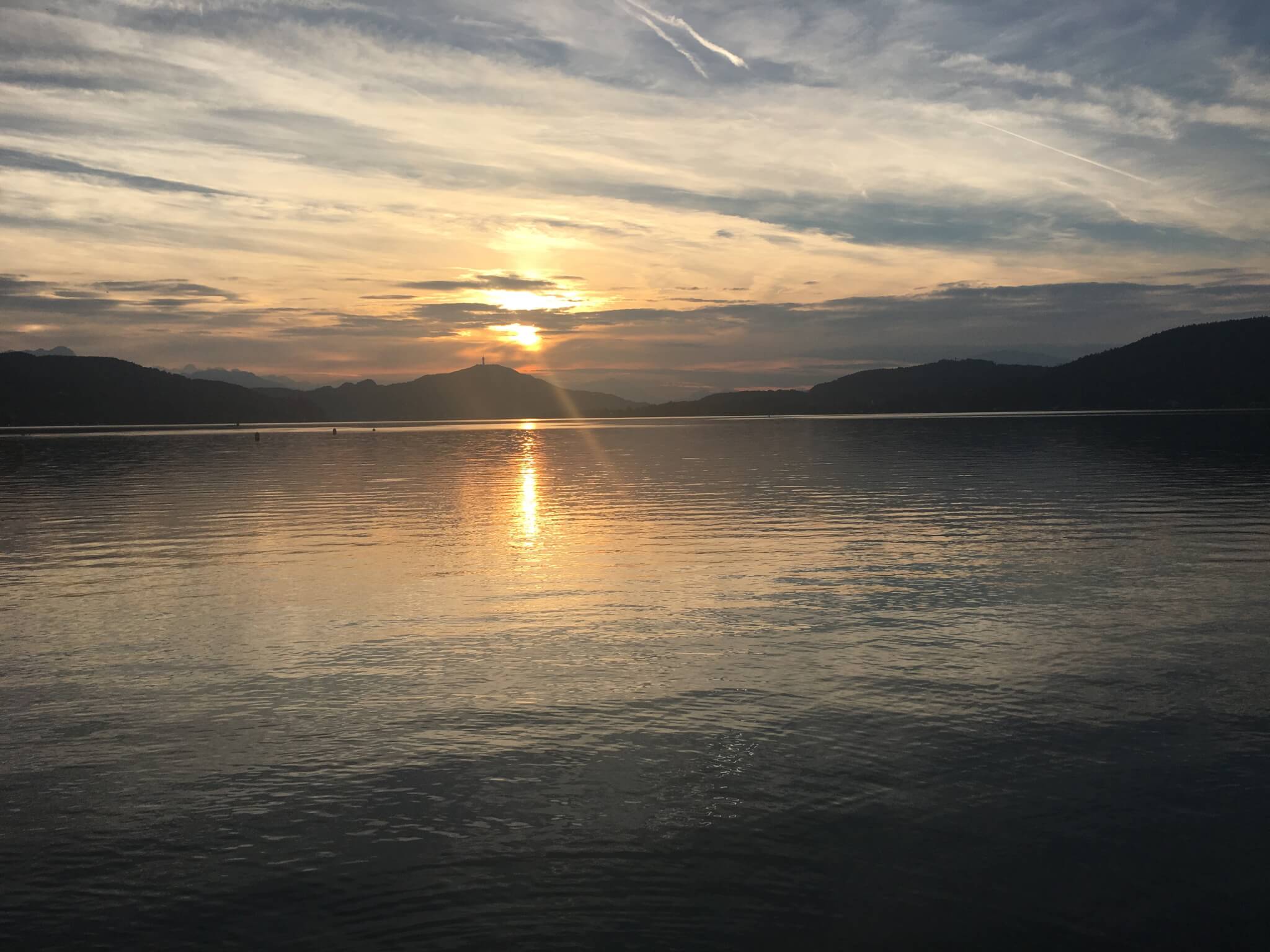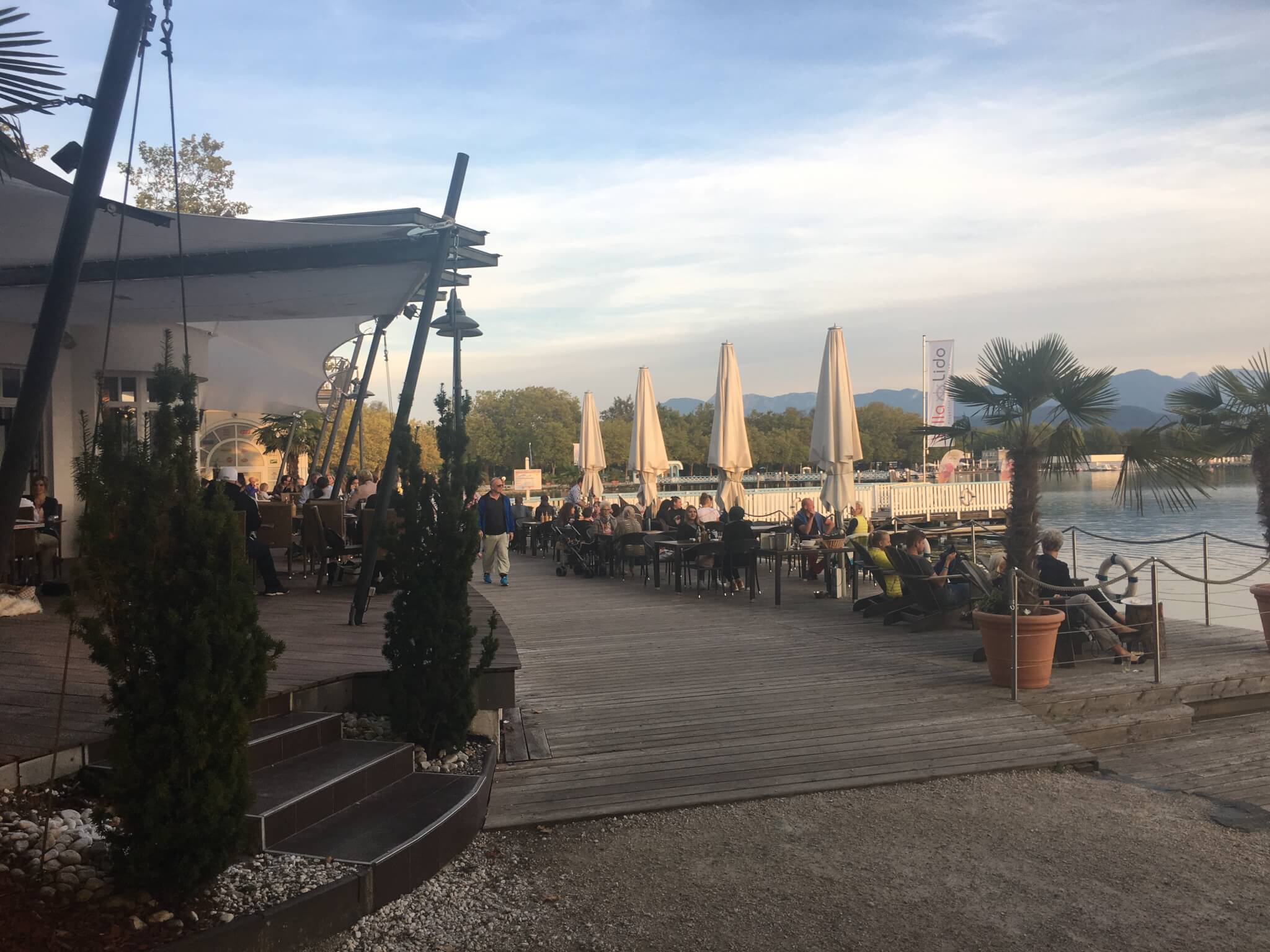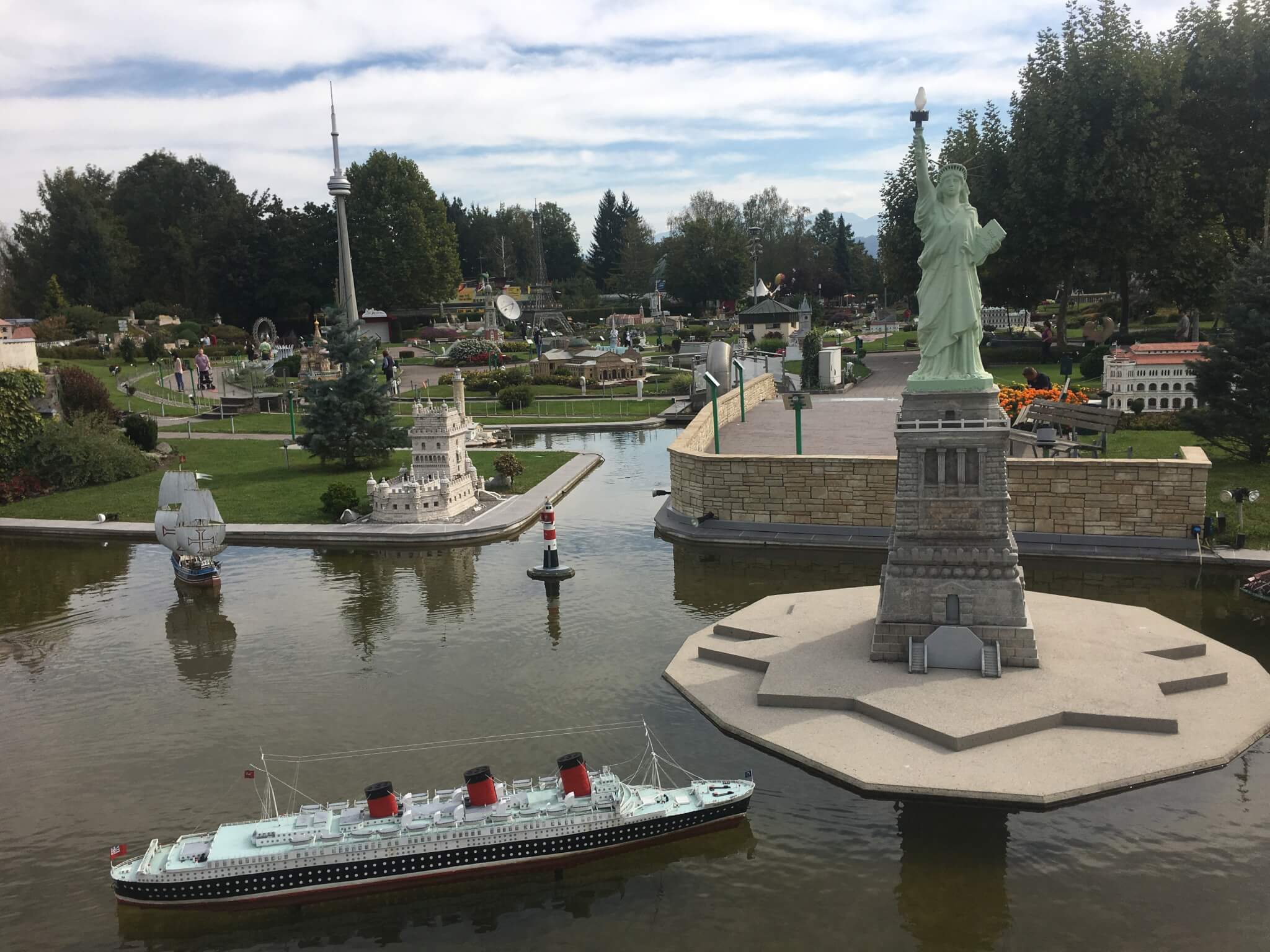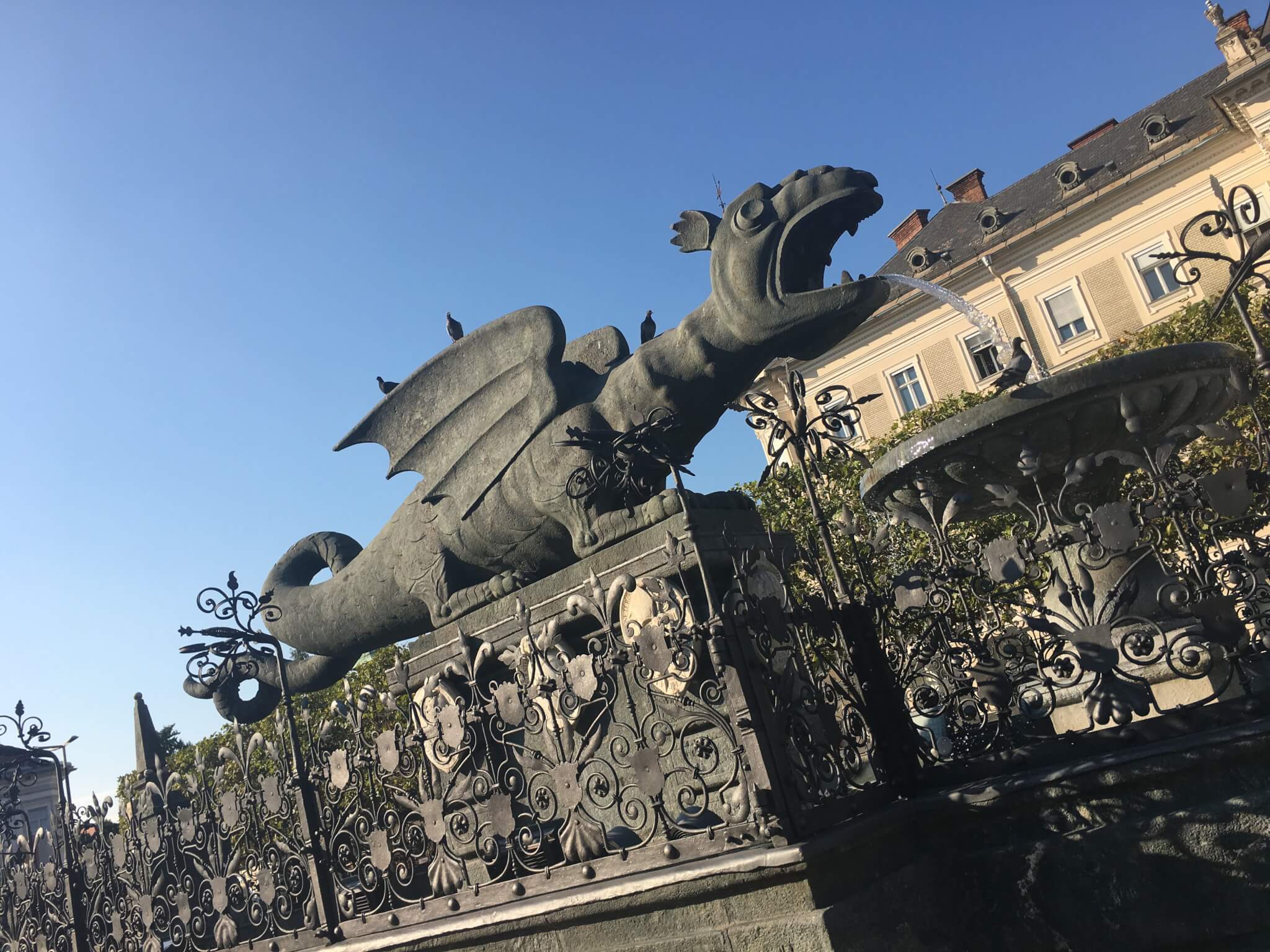The Ketty at the Bremer Schlagd in Hann. Münden, Germany includes a restaurant, a beer garden and an ice cream parlor. The last piece we hadn’t tried yet was the restaurant located within the old Bremer Handelshaus, which was used for trading of goods directed to the city of Bremen, Germany. Continue reading “Take it slow”
Fairy-tale mountain
Heidelberg, Germany is a wonderful city. If you take a walk through the shopping zone and the old city center you’ll arrive at a place directly underneath the mountain Königstuhl. A mountain railway takes you to the beautiful and romantic castle ruin of Heidelberg und you can go further on to the top of the mountain. Here you’ll not only find beautiful views on the valley but also the “Märchenparadies“. Continue reading “Fairy-tale mountain”
Technikmuseum
The Technikmuseum is a technology museum with branches in Sinsheim and Speyer, Germany. You can take a look at old planes, cars, trains, ships, a submarine and a space ship. Most of these vehicles are arranged in a way that you can climb into them and explore them. Continue reading “Technikmuseum”
The Windbeutelkönig
The restaurant “Der Windbeutelkönig” is located at the barrier lake made from river Oker and belongs to the regional district of Goslar, Germany. It is an old fashioned restaurant that serves only cream puff – in lots of variations, with blueberries, strawberries, ice cream, but also with herring or salmon. Continue reading “The Windbeutelkönig”
Iberger Tropfsteinhöhle
The “Iberger Tropfsteinhöhle” is a flowstone cave in Iberg near Bad Grund, Germany. It consists of a museum in front of the mountain (showing exhibits from a smaller cave), a small museum within the access tunnel and the flowstone cave itself. The cave is rather short, it is a circle course and you have to climb 100 old stone stairs – it is used for tourism since 1911. Continue reading “Iberger Tropfsteinhöhle”
Family adventures
The Familienpark Sottrum is a theme park located in Sottrum, belonging to Holle, close to Hildesheim, Germany. It is special as it doesn’t contain any electric devices (apart from two air pumps for inflatable jumpers). On 18 hectares you can find different theme locations and paths – from water playgrounds to floats and climbing walls.
Continue reading “Family adventures”IT meets kitsch
I came to Klagenfurt, Austria to visit the scientific conference INFORMATIK 2016, held at the Alpen-Adria-Universität. A good conference also for a practitioner looking forward to future developement of IT. Besides this I also had the opportunity to take a look on this region forming a triangular with Ljubljana in Slovenia and Udine in Italy. Continue reading “IT meets kitsch”
Villa Lido
The Villa Lido is a good Italian restaurant at the shore of lake Wörthersee in Klagenfurt, Austria. I really enjoyed sitting outdoors and watch sundown over the lake. To reach this place you’ll have to leave the city center of Klagenfurt and take a bus from Heiligengeistplatz to “Schiffsanlegestelle”. If you walk straight on along the lake for 100 meters you can’t miss it. Continue reading “Villa Lido”
Minimundus
The miniature world “Minimundus” in Klagenfurt, Austria allows you to travel the world on budget. It is an outdoor park on 26.000 m² with 156 reproductions of famous buildings from all around the world (in scale 1:25) and some railways running on tracks. You can visit the Statue of Liberty, the Tour Eiffel, the Chinese Wall and the Vatican Palace. Continue reading “Minimundus”
The Lindwurm
The Lindwurm statue can be found in the center of Klagenfurt, Austria and it is the icon of the city. You can find it on public buildings, cars and envelopes. A myth tells that in the area now covered by Klagenfurt there was once a dragon-like giant worm causing people walking into this area to disappear. Continue reading “The Lindwurm”

